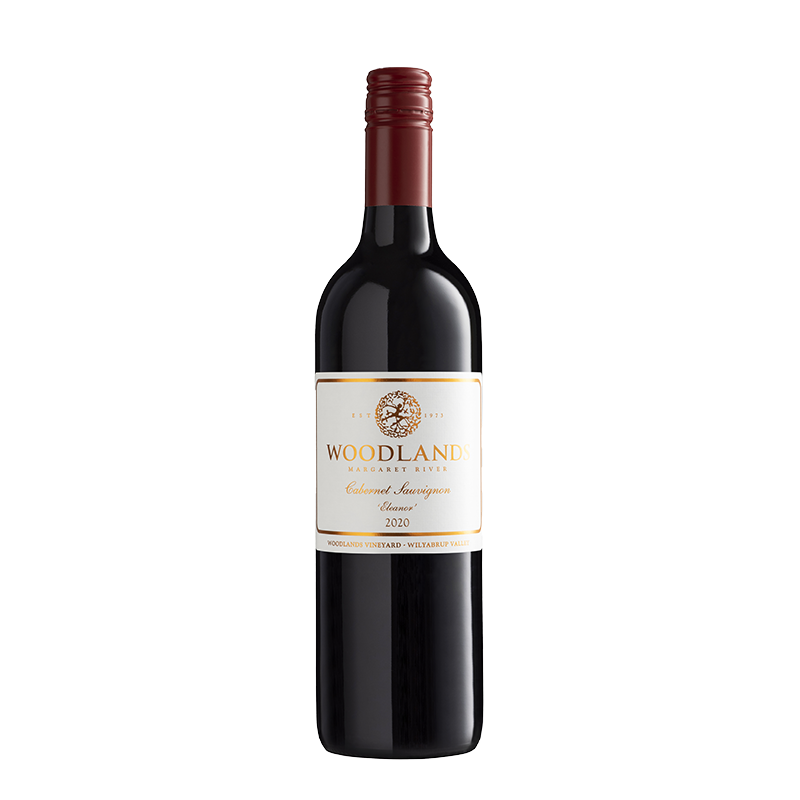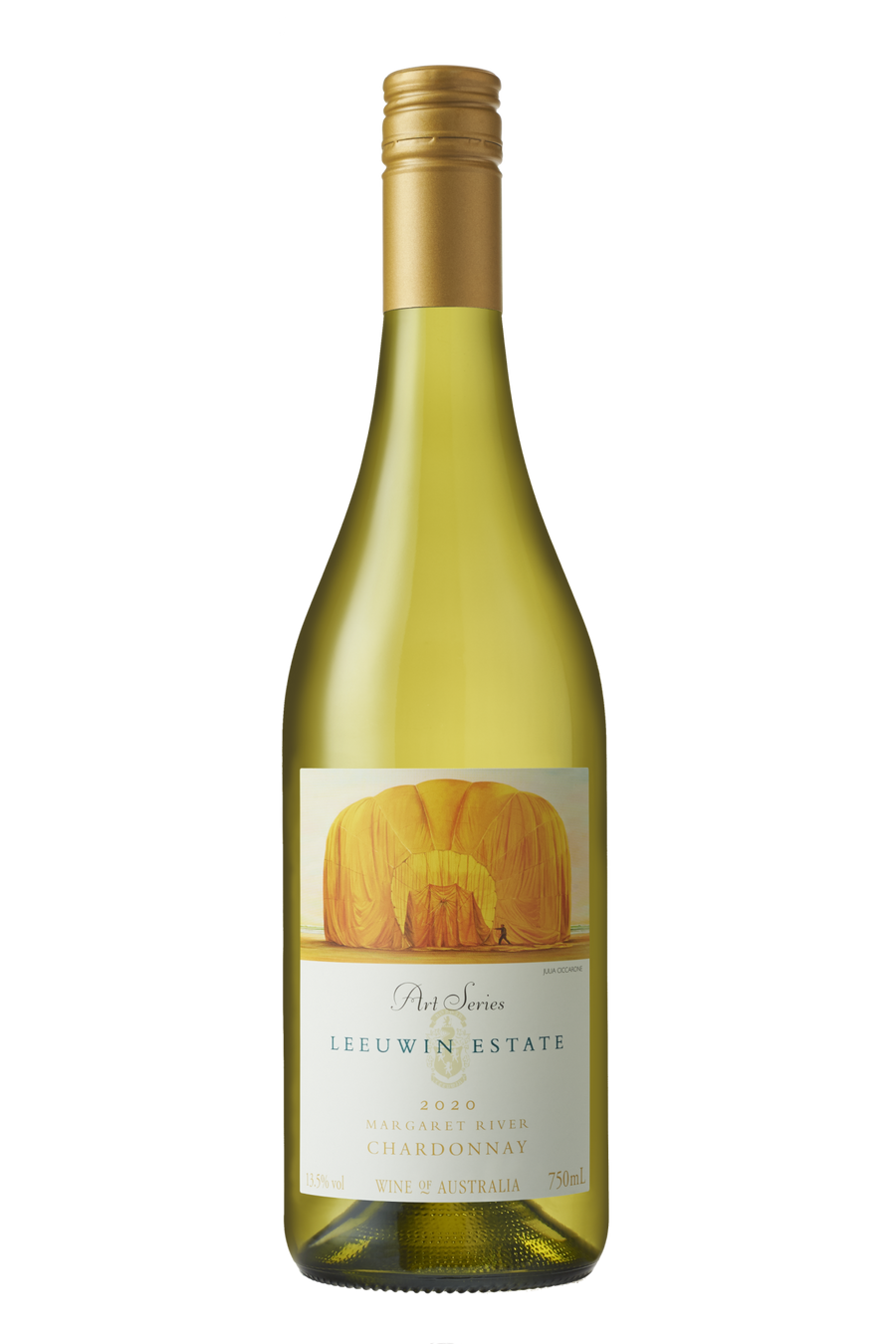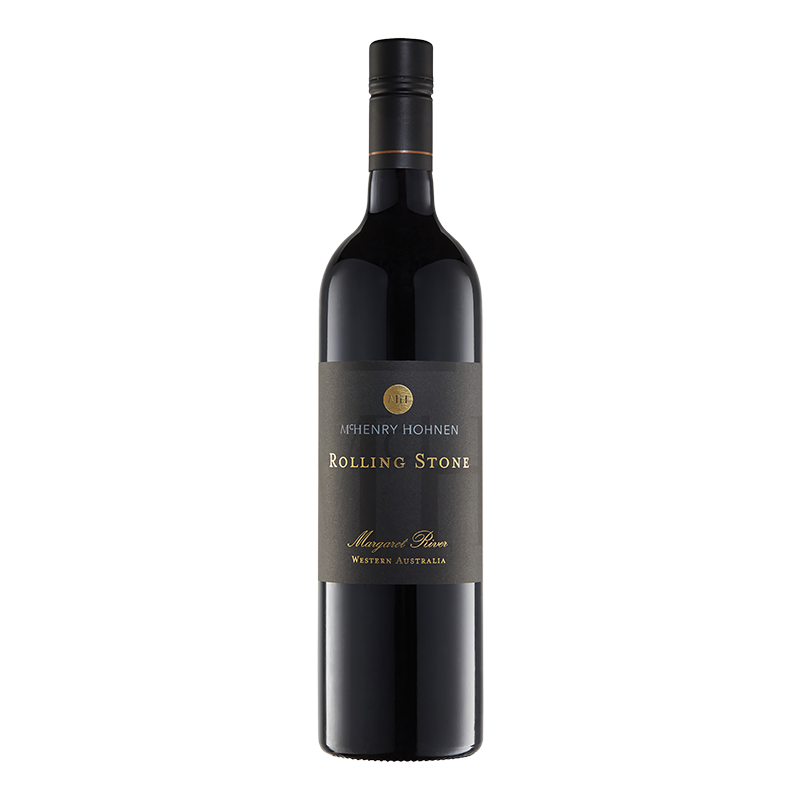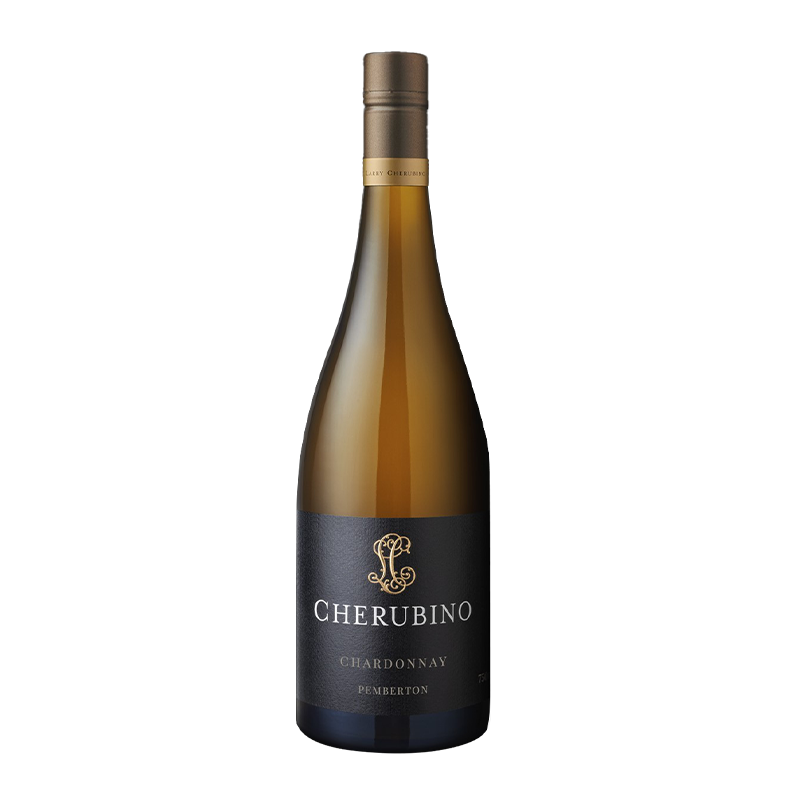Wine of the Year
It should be no surprise that the battle for the top honours in this year’s WA Wine Review 2024 should be a shootout between Cabernet and chardonnay. In fact, five Cabernets and one chardonnay scored 99 points to make it to the tasting bench to decide on the winner.
The strength of these varieties in WA is an incredible testament to the natural environment and the people committed to best practice viticulture and winemaking to get the most out of it. Oh, and a succession of outstanding vintages has also helped.
On top of that there were some remarkable other wines including an outstanding Pinot Noir, a Syrah and a merlot, showing the rich diversity and quality of WA Wines. It normally takes me a few days to climb off the fence and decide the winner.
This year I was getting mighty sore up there as it took the best part of two weeks to finally select my Wine of the Year. How I wouldn’t mind if someone gave me a sixpack of those wines. Each year I reach for Roget’s Thesaurus and a stream of superlatives to describe these wines.
And each year, I know that even at my most hyperbolic best I probably fail to do them justice.
On a world scale these are outstanding wines, and the encouraging thing is that they are continuing to evolve with some taking them in new directions while others enhancing tried and true paths.
It’s also probably fair to say that in general WA wines are adopting a more international style, certainly, in terms of palate weight and finesse, yet they remain true to their origins and are very much Australian wines.
The combination of excellent, albeit in some years quite small vintages, evolving viticulture, clever winemaking that bridges old world and new world approaches, and an appreciation of modern styles is resulting in a truly outstanding collection of WA wines.
The dominant force remains Margaret River, but Frankland River is starting to push it all the way. In fact, in some ways Frankland is providing some of the most exciting styles of recent years as producers come to grips with how to maximise its natural advantages of soil and climate.







